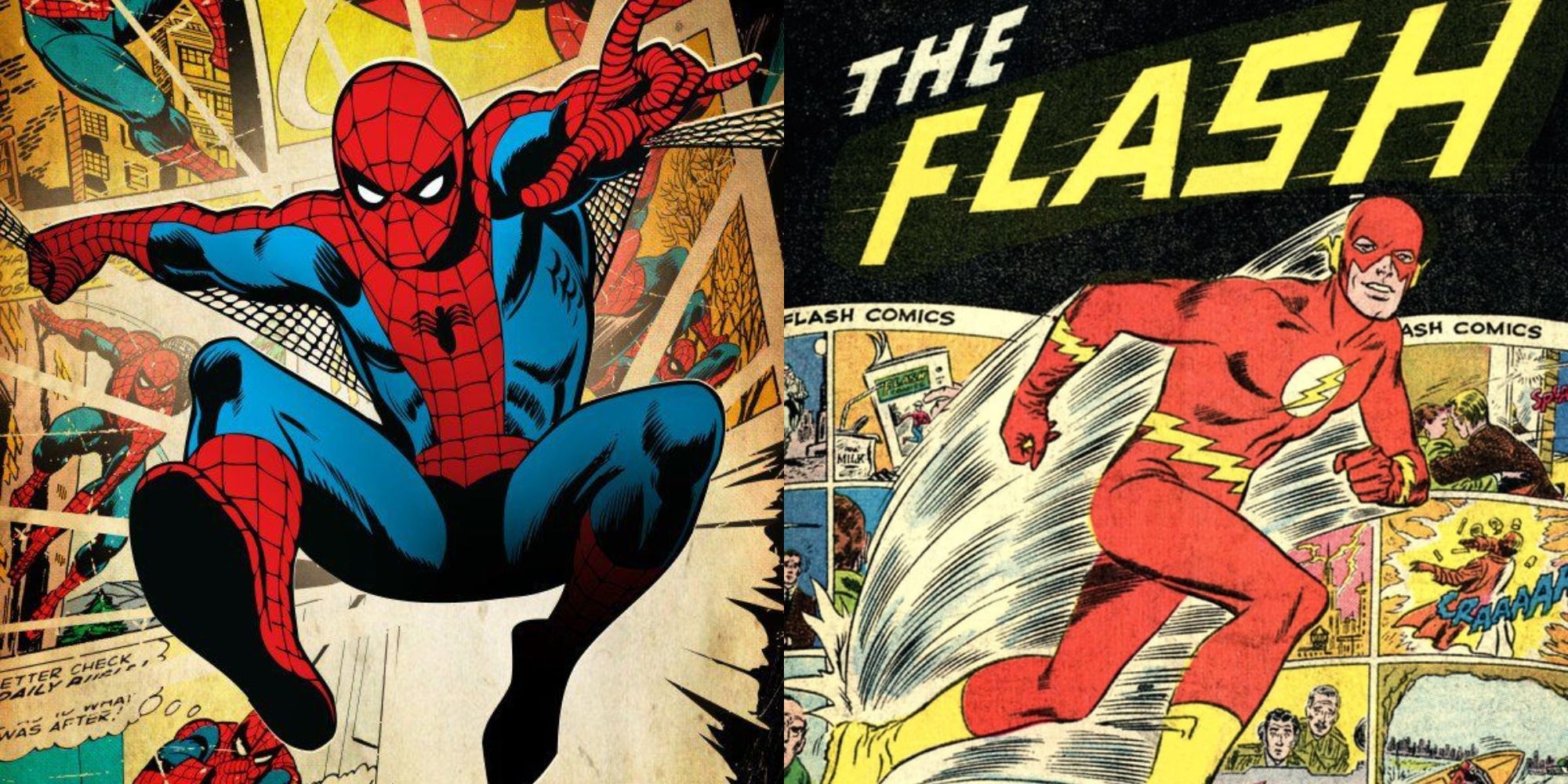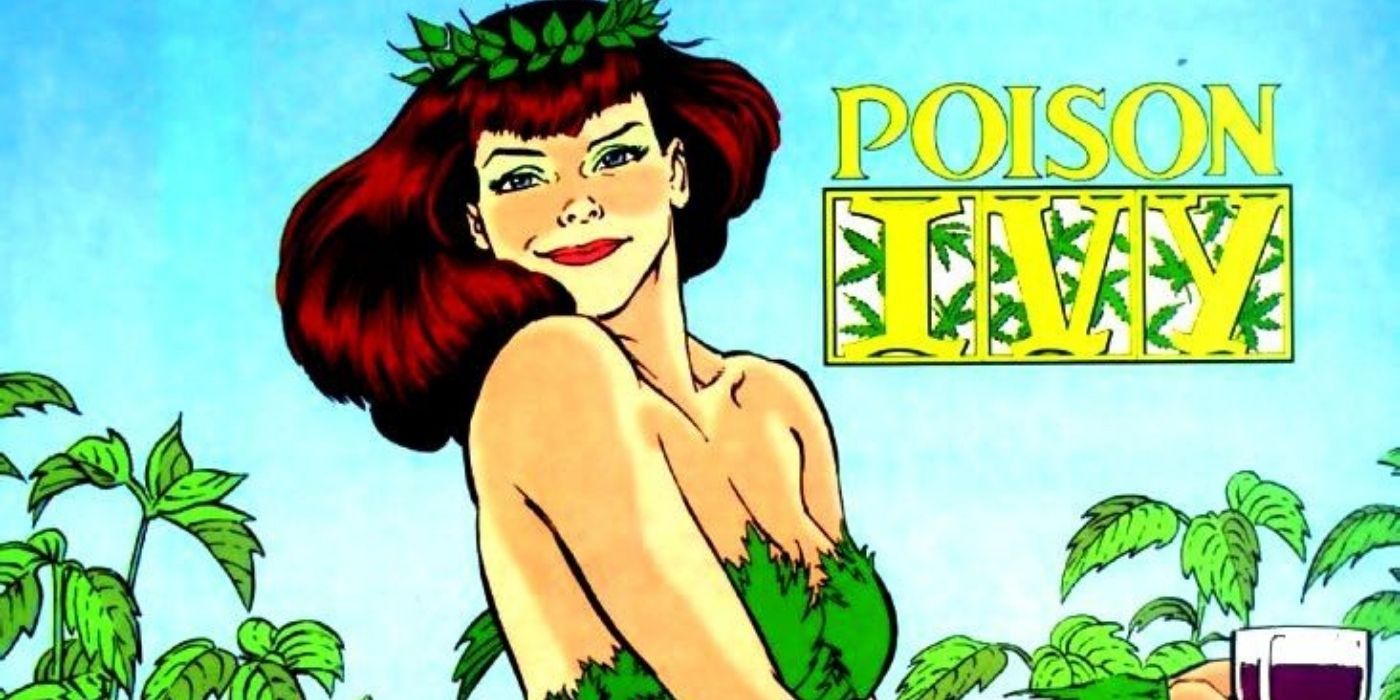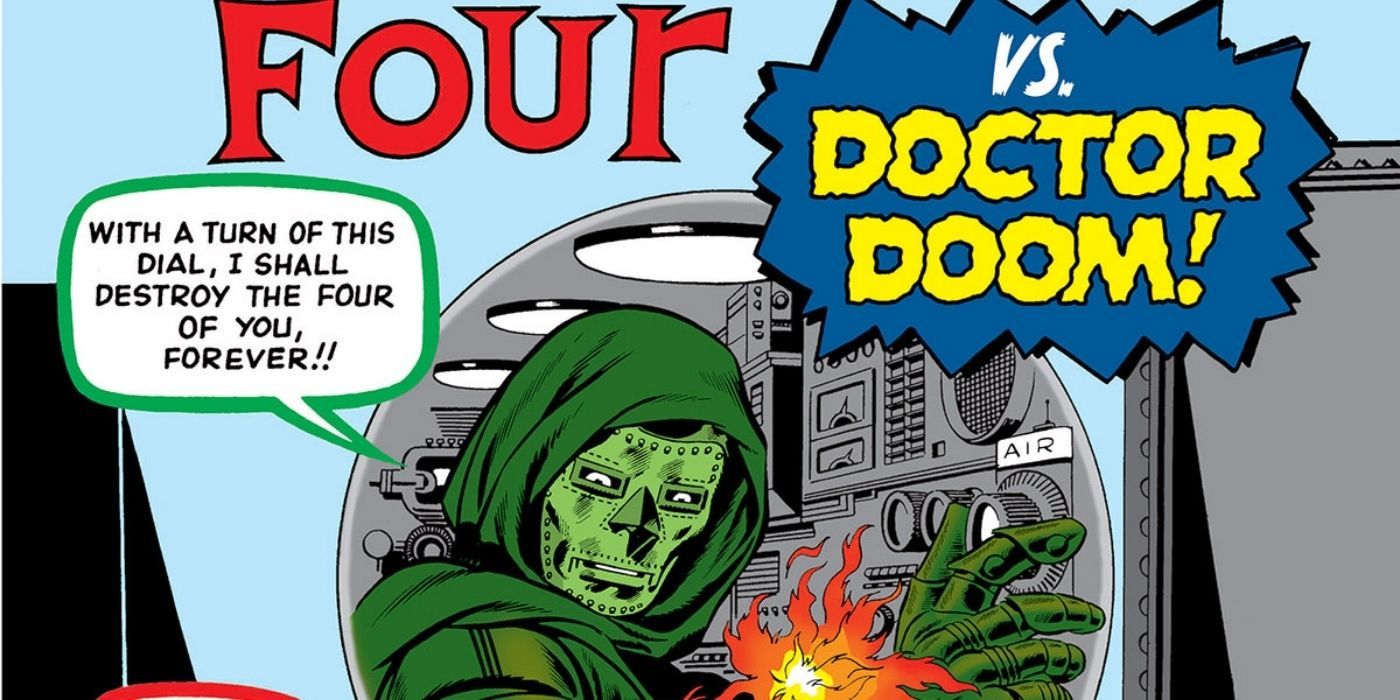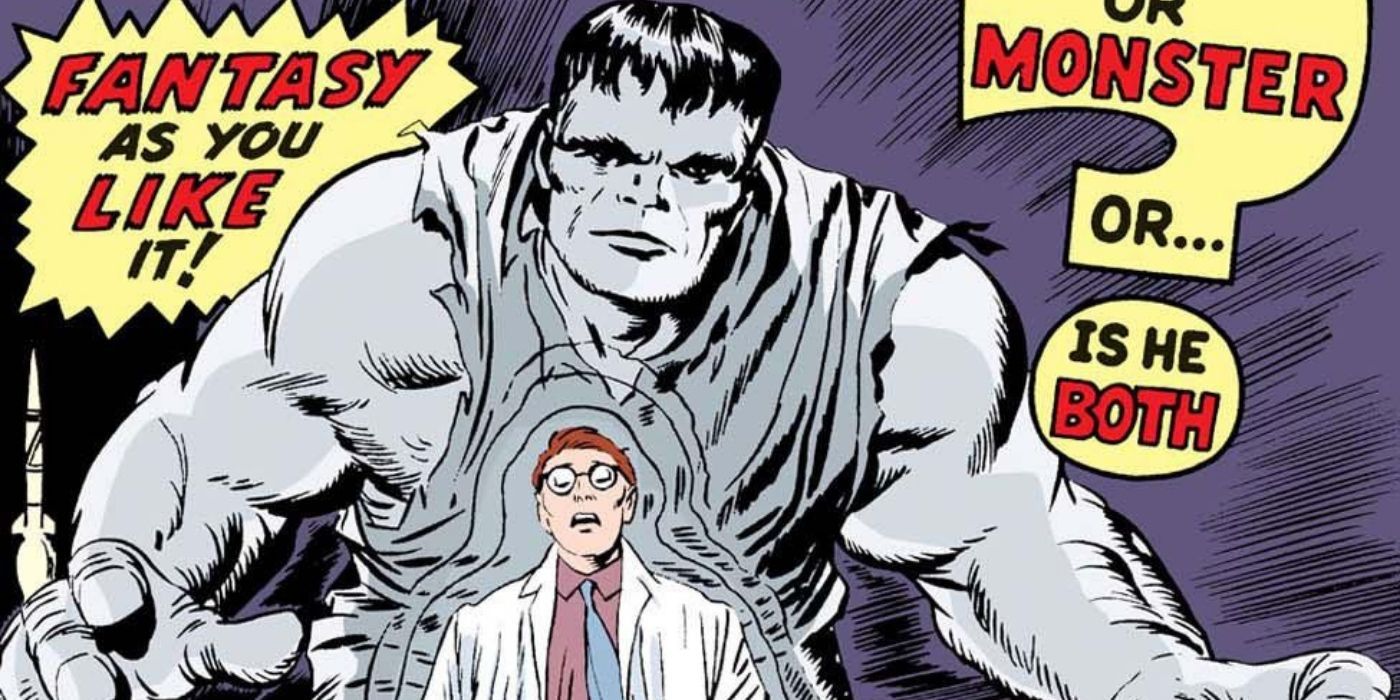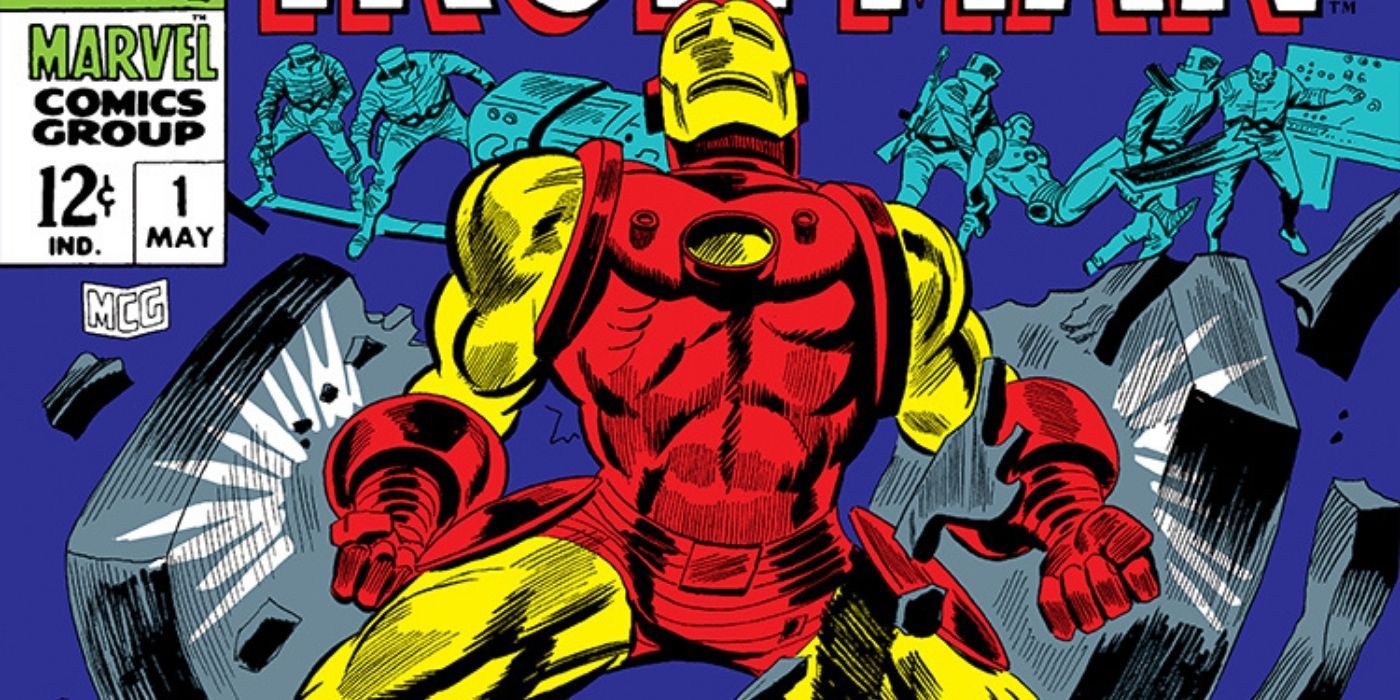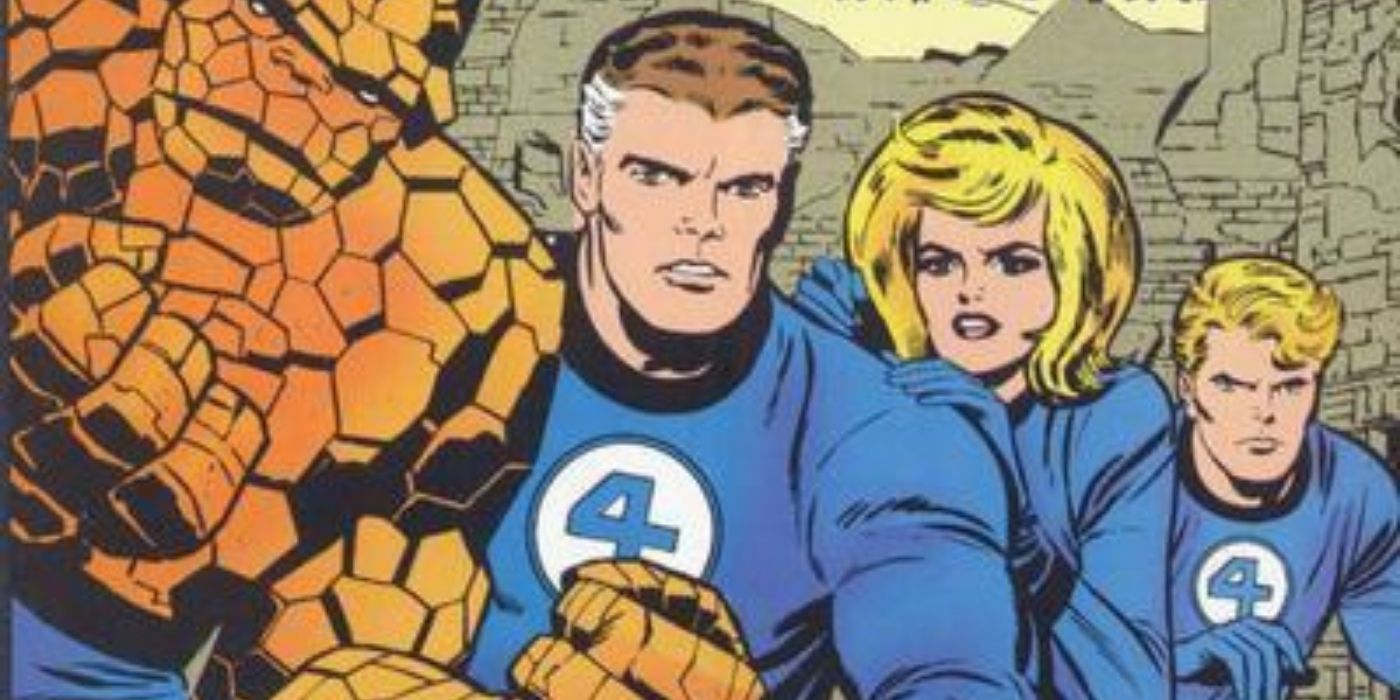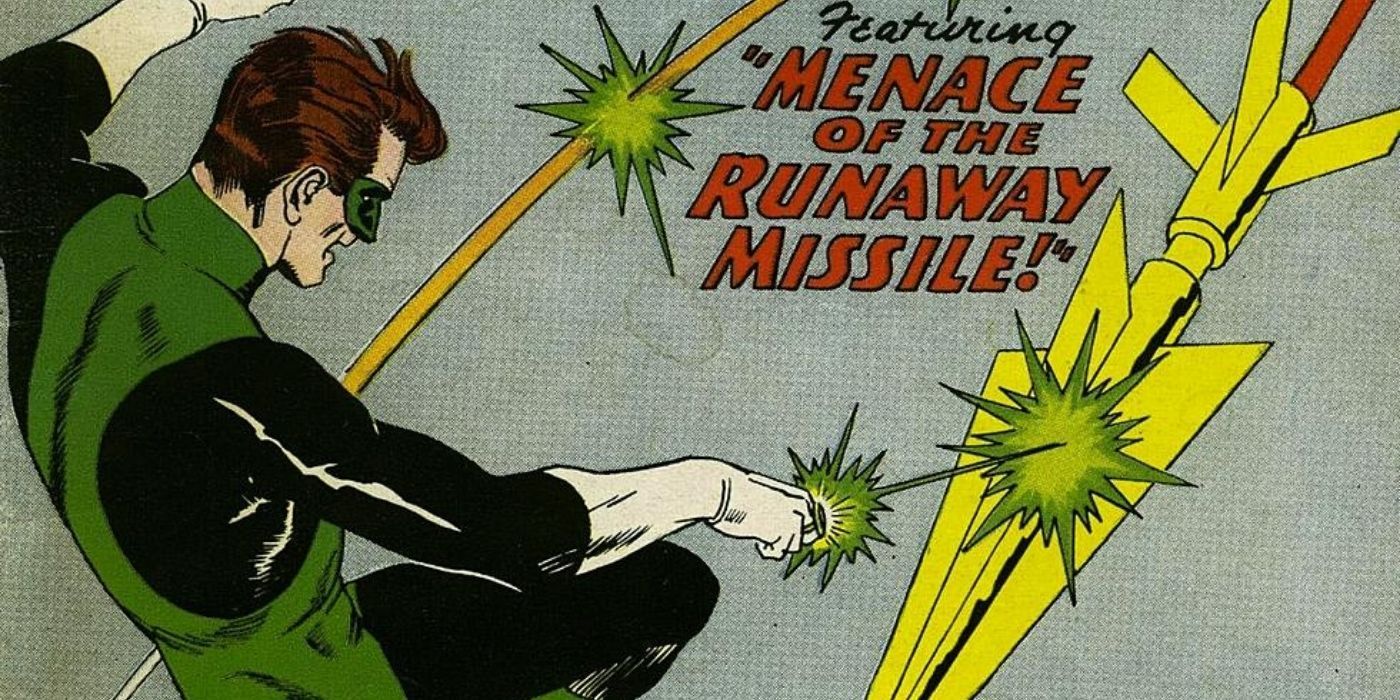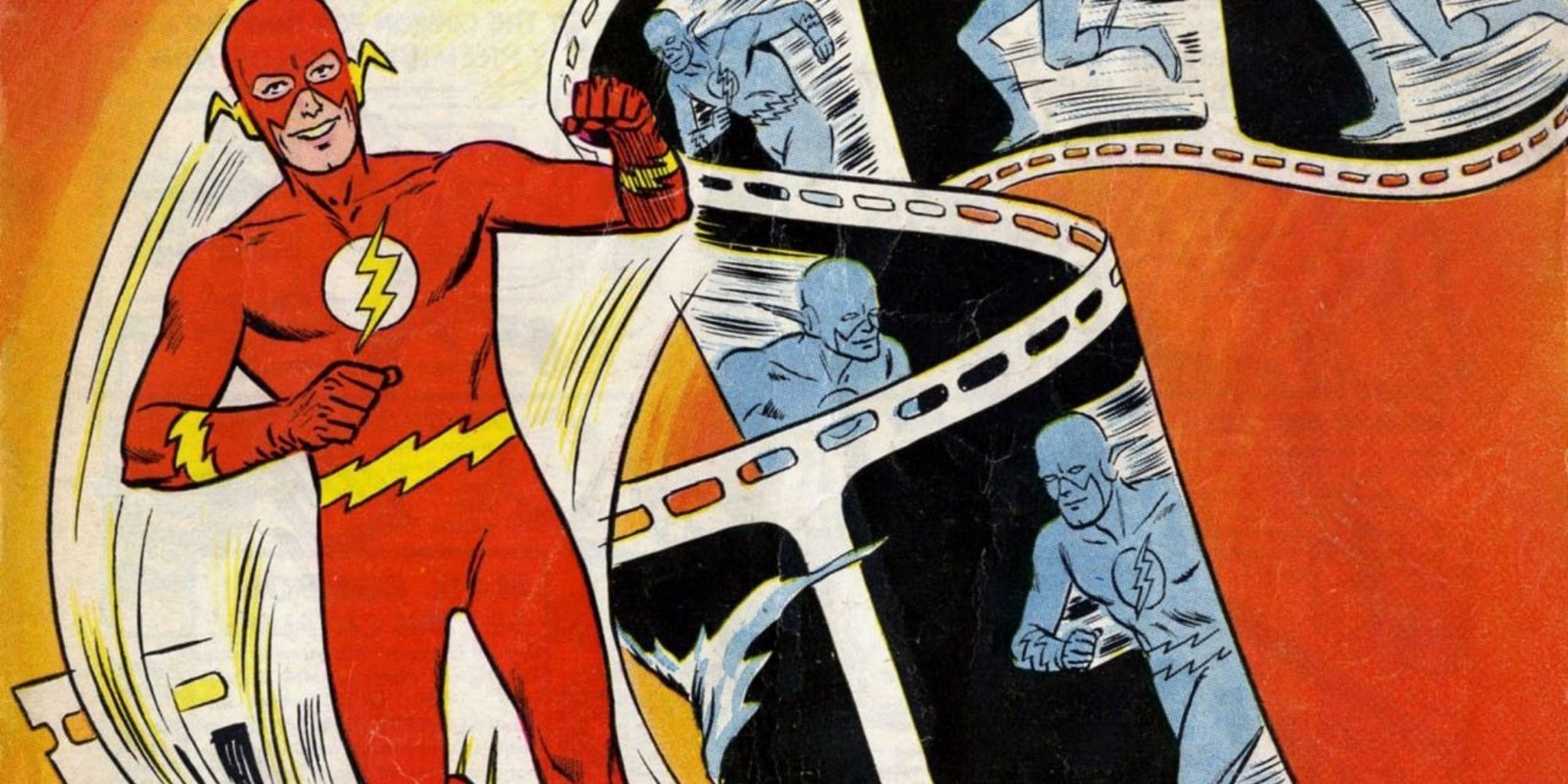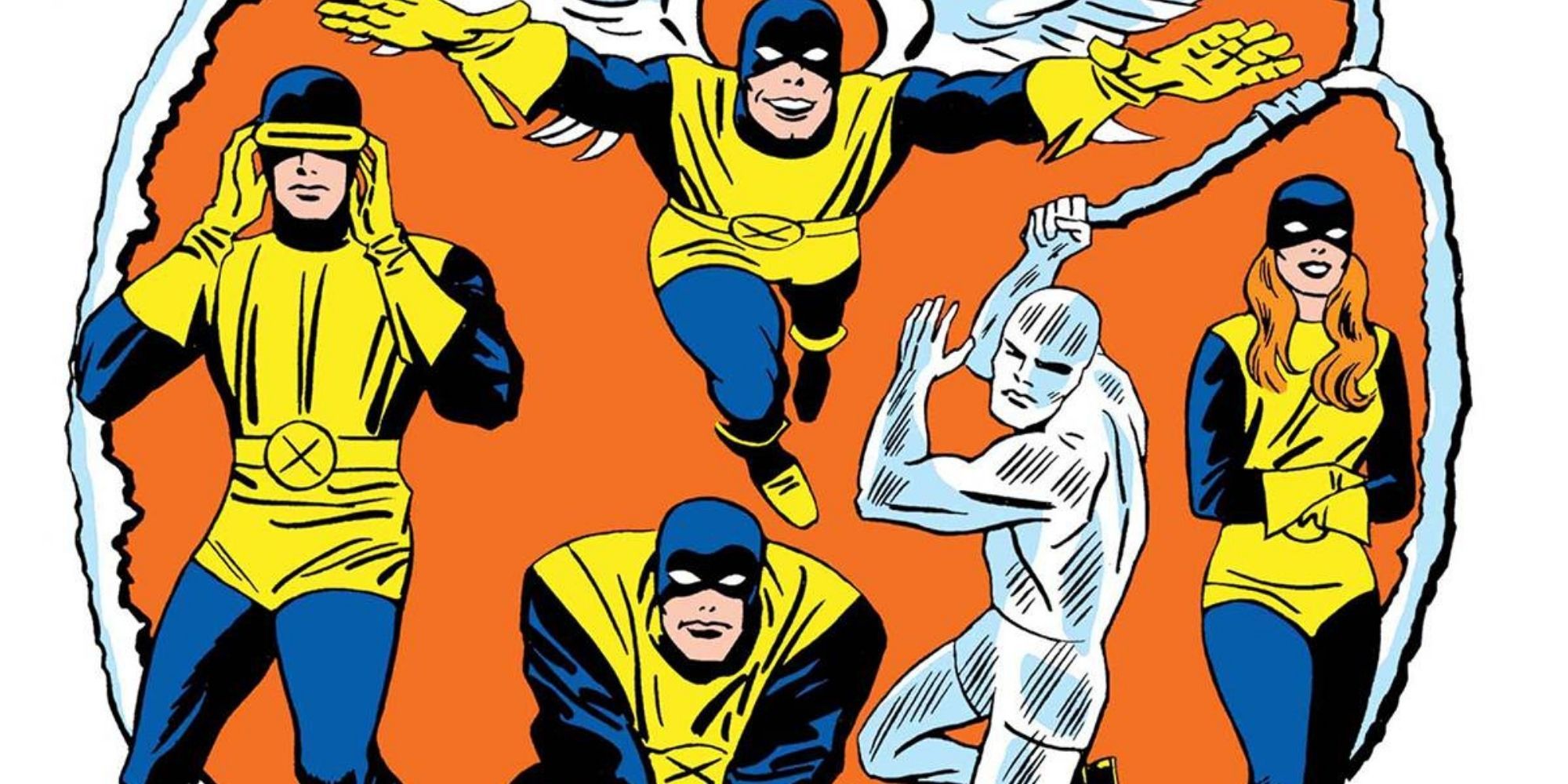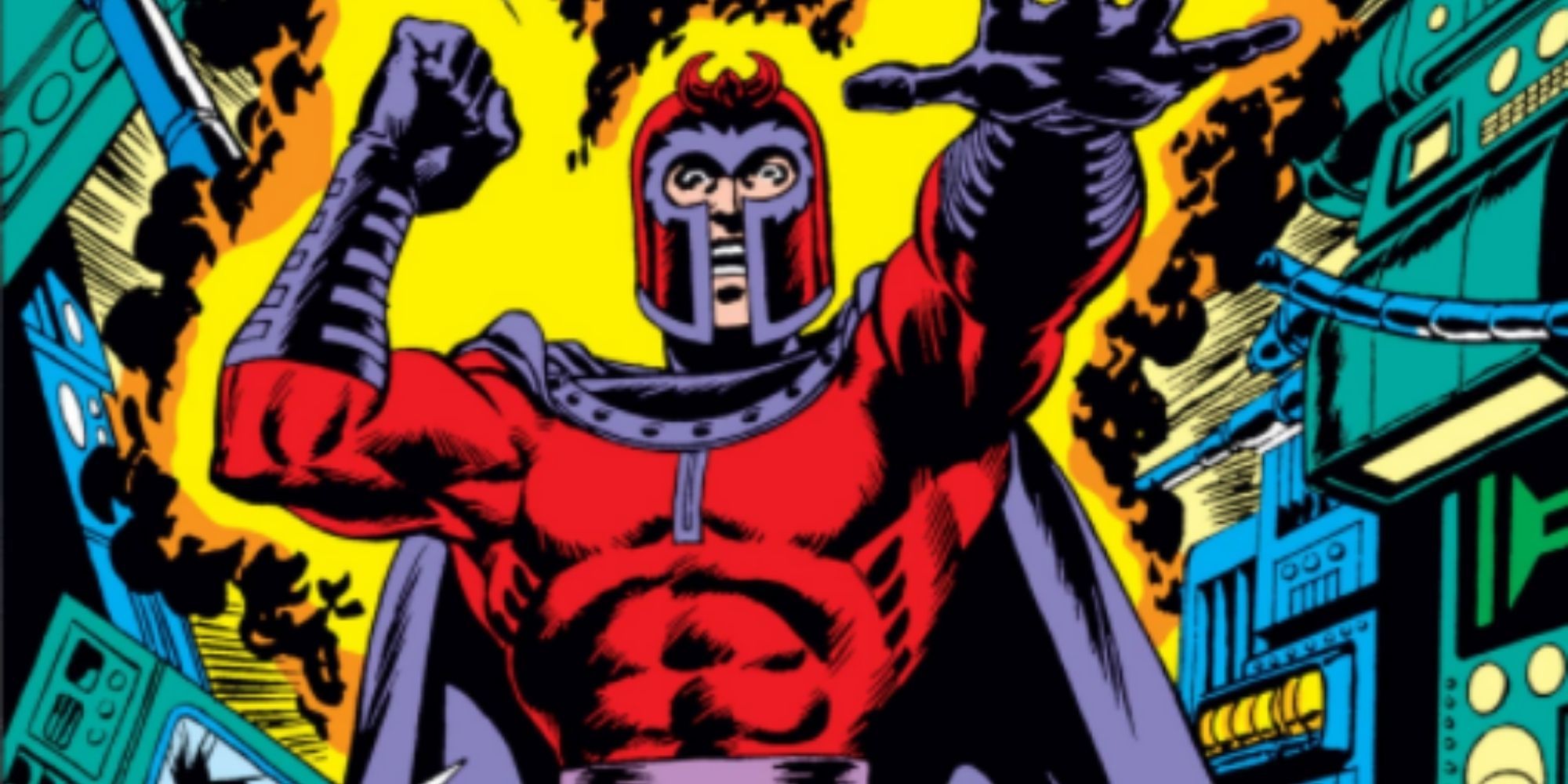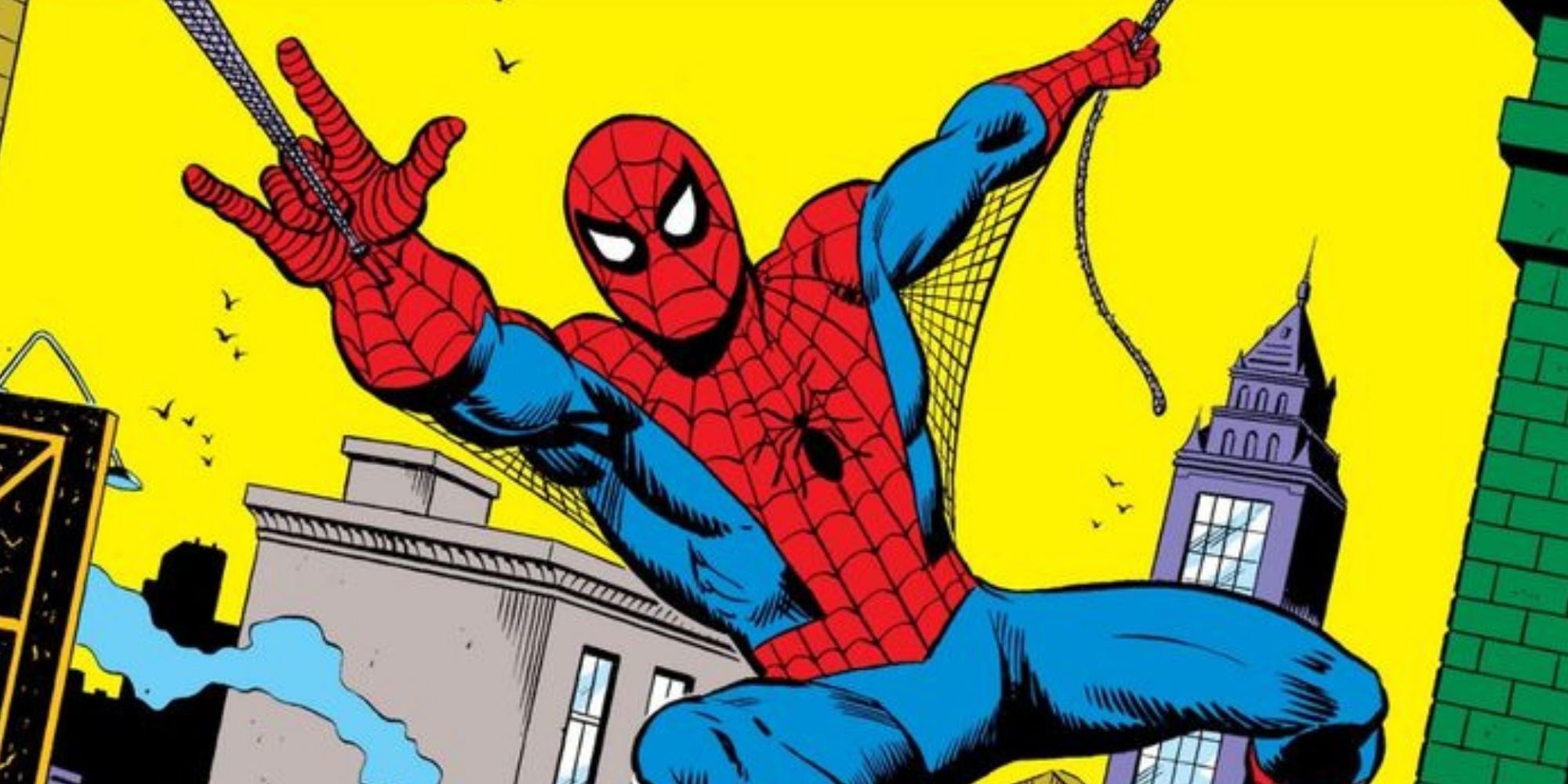Superhero comics began to dwindle in the early 50s. After the war, audiences were no longer interested in the dazzling escapism and heroics of the supes, save for a select few--Superman, Batman, Wonder Woman, and the usual suspects. The introduction of the Comics Code Authority in 1954 forced publishers to steer away from darker subjects and head towards lighter and more wholesome hero adventures.
The debut of Barry Allen--the second hero to sport the mantle of The Flash--provoked a chain reaction that would eventually kick-start the Silver Age of Comic Books. Characterized by a lighter tone and the rise of crucial figures like Stan Lee, Steve Ditko, Gardner Fox, and Jack Kirby, the Silver Age saw the debut of many characters, including some that remain more influential than ever to this day.
Poison Ivy
It might be easy to consider Poison Ivy as one of Batman's B-list villains. She hasn't received the same attention as Joker or Catwoman, and her characterization remained erratic throughout her entire comic book history. Plus, the much-derided Batman & Robin certainly did her no favors. However, it takes only a closer look at Ivy to understand she's one of DC's most intriguing and powerful characters.
Pamela Isley, one of pop culture's first eco-terrorists, is a misanthropic botanist and chemist hellbent on taking the world back for Mother Nature. Her powers far exceed those of Batman's other rogues, and her personality hides many secrets under dirt and vines. Ivy is one of DC's most complex characters, a woman who often does the wrong things for the right reasons. Distant yet alluring, deadly yet irresistible, Poison Ivy deserves far more credit than she receives, and it's about time she gets it.
Doctor Doom
In the pantheon of excellent comic book villains, Doctor Doom has a privileged place. As the arch-nemesis of the Fantastic Four, Doctor Doom has been part of nearly sixty years of comic book continuity. Although he possesses magical and supernatural abilities, Doom's true power is his genius-level intellect. Indeed, Doom is among the cleverest characters in Marvel comics, the elevation of the archetypical "mad scientist" trope.
In the years since his inception, Doom's standing has only increased. Not even Julian McMahon and Toby Kebbell's dreadful performances could damage his reputation. Doom is the marriage of science and mysticism, the best of both worlds. He is a threat that goes beyond the physical, transcending into the spiritual. No other villain in comic books even comes close to him.
The Hulk
Throughout his comic book history, The Hulk has been a hero, a villain, and everything in between. He is one of the most tragic figures in mainstream comics by far, a prisoner of his own body, forever doomed to fight a losing battle, hating himself every step of the way. Tragedy is at the character's core. Indeed, some of the best Hulk comic book arcs--Return of the Monster, Planet Hulk, World War Hulk--showcase Banner's tortuous life and unwillingness to be a superhero.
The Hulk is a cautionary tale first and a hero last, and that's what makes him such a compelling figure. He is the antithesis of what a hero should be, a rebel and counter-authority figure fighting against a system that fears what it doesn't understand. The Hulk might be the most multilayered character in comics. He is not only a representation of war and embodiment of the atomic age's dangers, but the best example that heroism doesn't always take the expected form.
Iron Man
In all honesty, Iron Man used to be a B-level superhero before the MCU, and there's nothing wrong with that. In fact, this lack of popularity allowed him more complexity than any other mainstream superhero. His "Demon in a Bottle" arc showcased both the best and worst sides of the character, turning him into something almost no other superhero was: a human being.
Because of his status as a wealthy arms dealer, Iron Man has an intrinsic relation to war. Conceived originally as a way to explore the Cold War, he was fighting communist enemies like Black Widow and the Crimson Dynamo. Over the years, Iron Man evolved to represent ongoing world conflicts and wars. However, the character's essence relies on his desire to become the best version of himself, despite the many demons that haunt him.
The Fantastic Four
Marvel's First Family is an institution in the comic book world. The Fantastic Four are not only mighty powerful, but also unique among Marvel's heroes. They represent something seldom seen in the fantastical world of comic books: a family. The Fantastic Four are volatile, emotional, dysfunctional, and erratic, fighting and disagreeing with each other on a regular basis. They can't see each other's faces in the morning, but get together at night to have dinner.
The Four's willingness to confess their identities to the world also made them one-of-a-kind at the time. They were heroes who never stopped being heroes, and the public's reaction to their identities made them both an inspiration and a cautionary tale for audiences. Over the years, the Fantastic Four remained a cornerstone of Marvel Comics, even if their big-screen detours tarnished their reputation considerably. But if anyone can survive three movie trainwrecks and live to tell the tale, it's the Fantastic Four.
Hal Jordan
The first Green Lantern, Alan Scott, debuted during the Golden Age, introducing the character to general audiences. However, it was Hal Jordan who cemented the Lantern's place as one of the pillars of DC. A former combat pilot, Jordan received his iconic power ring and Green Lantern battery from the dying alien Abin Sur, taking his place among the Green Lantern Corps.
Hal's storylines rely heavily on science fiction rather than fantasy, a trend that became a defining characteristic of Silver Age stories. Furthermore, Hal came to represent the Green Lanterns as a whole, perfectly embodying their "No Fear" mantra in a way no one else could. Yes, he's been through a lot, and yes, he nearly ended the Corps while possessed by Parallax. However, Hal overcame his troubles and came out strengthened. In the brightest day and blackest night, Hal Jordan's lantern shines more than any other.
Barry Allen
Barry Allen is the embodiment of the Silver Age. In fact, many fans and critics credit his debut with marking the epoch's beginning. He would have a rich comic book history, including a rogues gallery that could almost rival Batman's. Barry's storyline would lead to a pivotal sacrifice during the Crisis on Infinite Earths, a death that remains one of DC comics' most shocking.
Throughout twenty years of absence, Barry remained a crucial character in DC's lore. His essence permeated Flash comics, a shadow no future Flash was fast enough to escape. Nowadays, Barry is more a gimmick than a character, being used to reboot DC's continuity whenever necessary. However, he already holds a place among the best of the best, and nothing can change that. Barry Allen really is the once and future Flash.
The X-Men
Before the MCU launched the Avengers to superhero stardom, the X-Men were the undisputed leaders of Marvel. Ironically, they were pariahs within the Marvel universe, hunted and rejected by a society that feared them. The X-Men handled many blatant social issues in their storylines, more than any other team or superhero. From racism to human rights, the best X-Men storylines--God Loves, Man Kills, Days of Future Past--handle their timely themes with surprising delicacy.
The team stands out for being outcasts of society who still do their best to protect it. Their comics used society's anxieties and fears for issues like the Cold War and translated them into their superhero setting almost seamlessly. To this day, they remain synonymous with Marvel. Superheroes may come and go, but the X-Men will remain, always fighting for a better world.
Magneto
An excellent team needs an equally excellent villain. Enter Magneto, the X-Men archnemesis, a mutant who opposes Charles Xavier's idea of peace. Magneto often draws comparison to real-life activists Malcolm X and Meir Kahane, thanks to his extreme ideology and methods. However, considering everything he's been through, Magneto makes a compelling point.
It wouldn't be an overstatement to call him the best villain in Marvel history. Magneto goes far beyond the limitations of his genre, exploring topical themes and timely subtext in his storylines. He is a character that can be a hero and villain, often at the same time. He possesses a complexity that not many of his fellow villains have, a duality that makes him sympathetic without ever depriving him of his villainy.
Spider-Man
Spider-Man is Marvel's crowning jewel, a superhero like no other. He's an everyman, the very definition of an accidental hero, a nerdy high school student who happens to have superpowers. And his abilities are the root of all his problems; they're a curse and a blessing, the price he pays for a life he never really wanted.
Peter Parker was ahead of his time in many ways because he represented a new kind of hero, one who de-glamorized the superhero life. For every triumph he gets, he suffers two defeats. His life is a series of mistakes, enhanced by the superhuman aspect of his story. But Peter will always try to fix them, even if he creates new ones along the way. And through it all, Spider-Man remains wholesome, with a unique sense of humor that comes out even in the heat of battle. Spidey is an icon precisely because he doesn't want to be one. And in a world full of geniuses, billionaires, playboys, and philanthropists, good ol' reliable Peter Parker is like a breath of fresh air.

